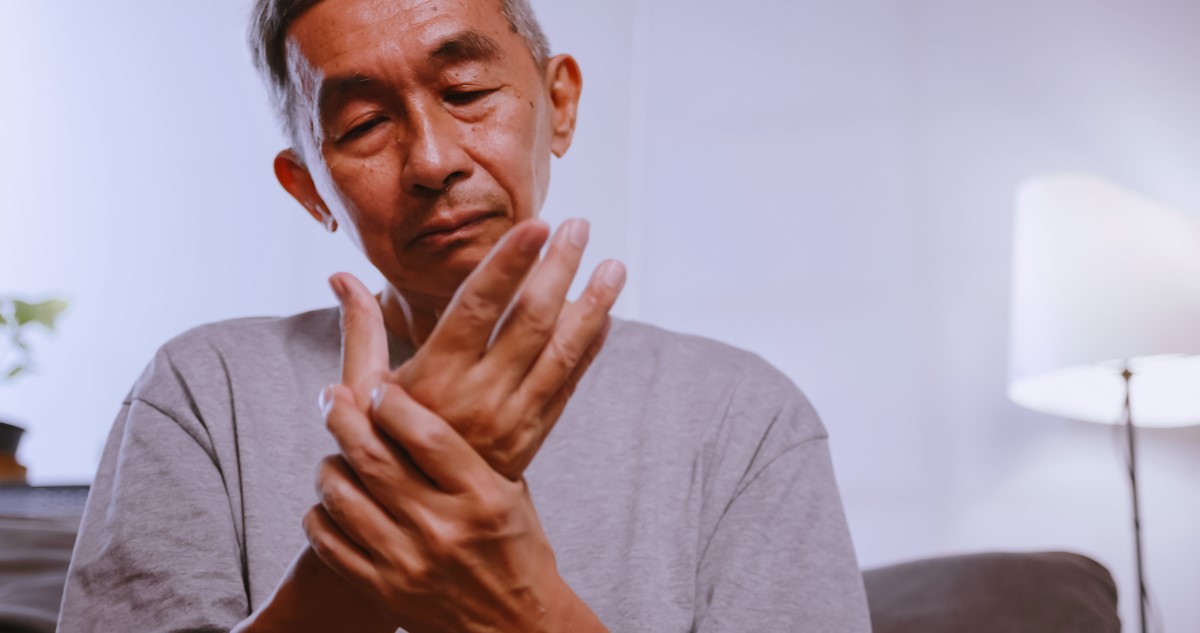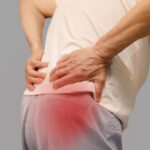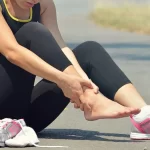Trigger finger can be a real nuisance. It often starts as a slight discomfort in your finger, then gradually develops into a painful catch or a locking sensation when you move your hand. For many people, these symptoms can interfere with everyday tasks like writing, typing, or even holding a cup of tea. The good news is that targeted exercises, ergonomic adjustments, and lifestyle changes may help reduce the pain and prevent flare-ups.
What Is Trigger Finger
Trigger finger occurs when the tendon that controls a finger becomes inflamed, causing it to thicken and making it difficult to glide smoothly through its surrounding sheath. This results in a finger that may catch or lock in a bent position, followed by a sudden release. Common causes include repetitive hand movements, prolonged use of tools or keyboards, and even simple wear and tear over time.
The Role of Targeted Hand Exercises
Hand exercises are a key part of managing trigger finger symptoms. Gentle stretches and movements can help maintain flexibility in your tendons and muscles, reducing stiffness and discomfort. Here are a few exercises you might try:
- Finger Extensions – Place a rubber band around your fingers and thumb. Slowly open your hand against the resistance of the band, then relax. This exercise helps to strengthen the muscles that straighten the finger.
- Tendon Gliding Exercises – Start with your hand flat, then gradually bend your fingers into a hook position. Hold briefly and then return to a flat hand. This helps the tendon move smoothly within its sheath.
- Wrist Flexor and Extensor Stretches – With your arm straight, gently bend your wrist forward and backward, holding each position for a few seconds. These stretches can ease tension not only in the finger but also in the entire hand.
It is important to practise these exercises regularly. They are simple to perform at home or even at your workplace, and incorporating them into your routine might reduce the severity of trigger finger symptoms over time.
Ergonomic Adjustments and Lifestyle Modifications
Changing your working environment and everyday habits can also make a noticeable difference. Ergonomic adjustments can help lessen the strain on your hands and prevent flare-ups. Consider the following ideas:
- Workstation Set-Up – Ensure your desk, chair, and computer are arranged so that your hands are not forced into awkward positions. Use an ergonomic keyboard and mouse if possible, and keep frequently used items within easy reach.
- Regular Breaks – If you spend long hours on repetitive tasks, try to take short breaks every 30–45 minutes. This gives your fingers a chance to rest and reduces cumulative strain.
- Tool Adjustments – If your work involves using tools or equipment that require a strong grip, consider alternatives that minimise pressure on your fingers. This might mean using padded handles or tools designed with ergonomics in mind.
Lifestyle changes, such as managing your overall activity level and reducing repetitive motions where possible, are also crucial. Simple adjustments like organising your day to include periods of rest can help your body recover and reduce the risk of developing further issues.
Putting It All Together
Managing trigger finger symptoms often involves a combination of targeted exercises and lifestyle modifications. While it may not be possible to completely eliminate the condition for everyone, many individuals experience a noticeable reduction in pain and frequency of flare-ups when they integrate these changes into their daily routine.
A commitment to a regular exercise programme, along with mindful adjustments to how you work and live, can play a significant role in easing discomfort. Listen to your body and modify your activities as needed. If you notice persistent or worsening pain, it might be time to consult a healthcare professional who can provide further advice tailored to your situation.
Reach Out Today
At Liberty Orthopaedic Clinic, we are here to support you on your journey to improved hand function and reduced trigger finger symptoms. If you have questions or need guidance on a rehabilitation programme that includes hand exercises and ergonomic advice, please contact us today to schedule a consultation. We are committed to helping you regain comfort and enjoy everyday activities with confidence.










